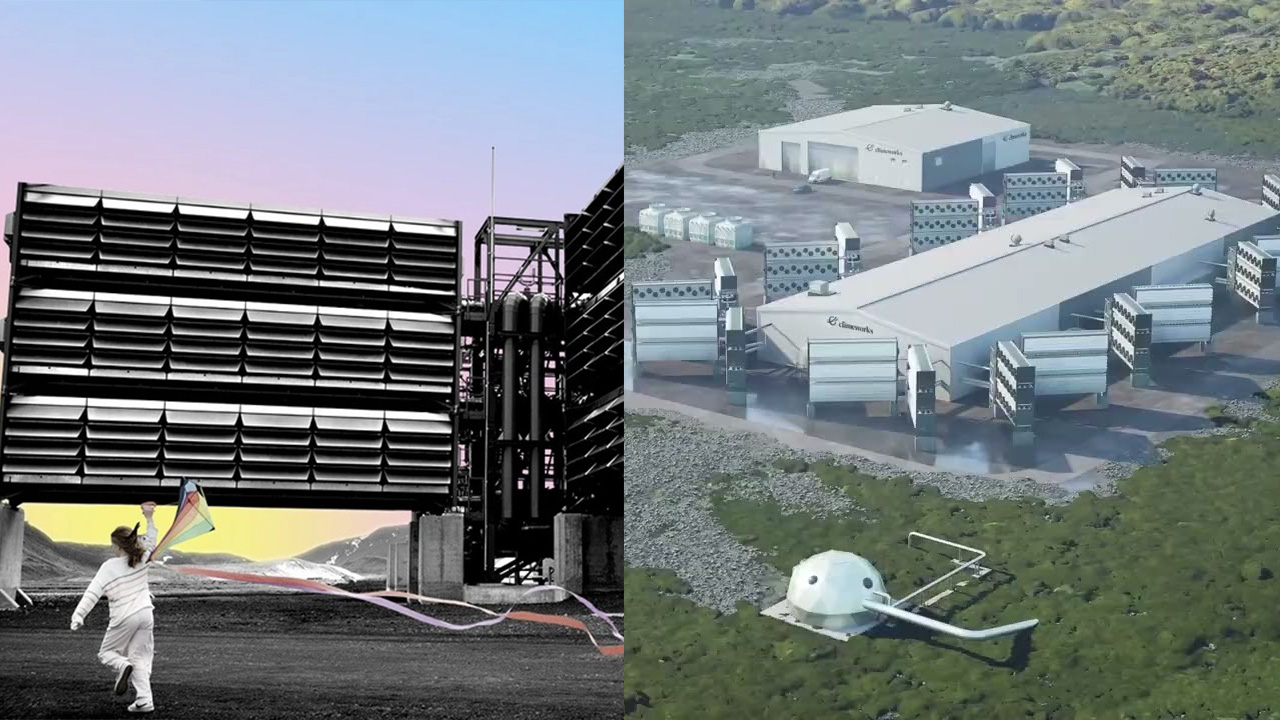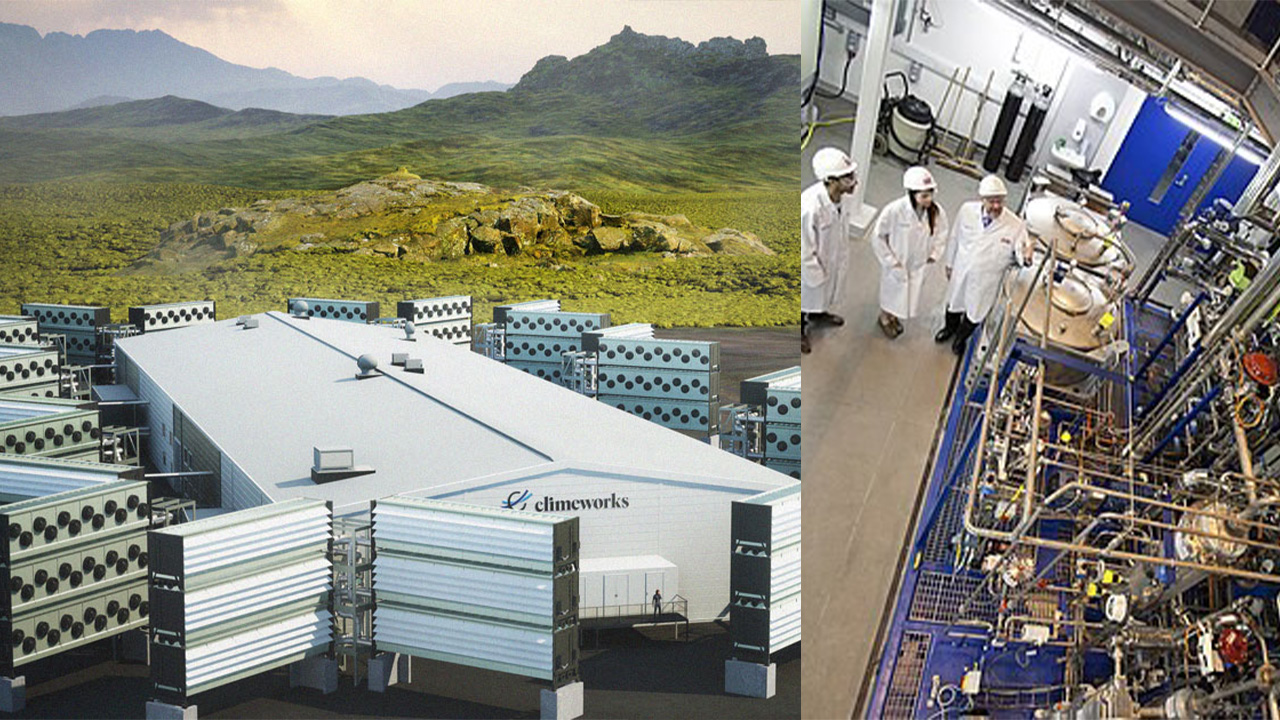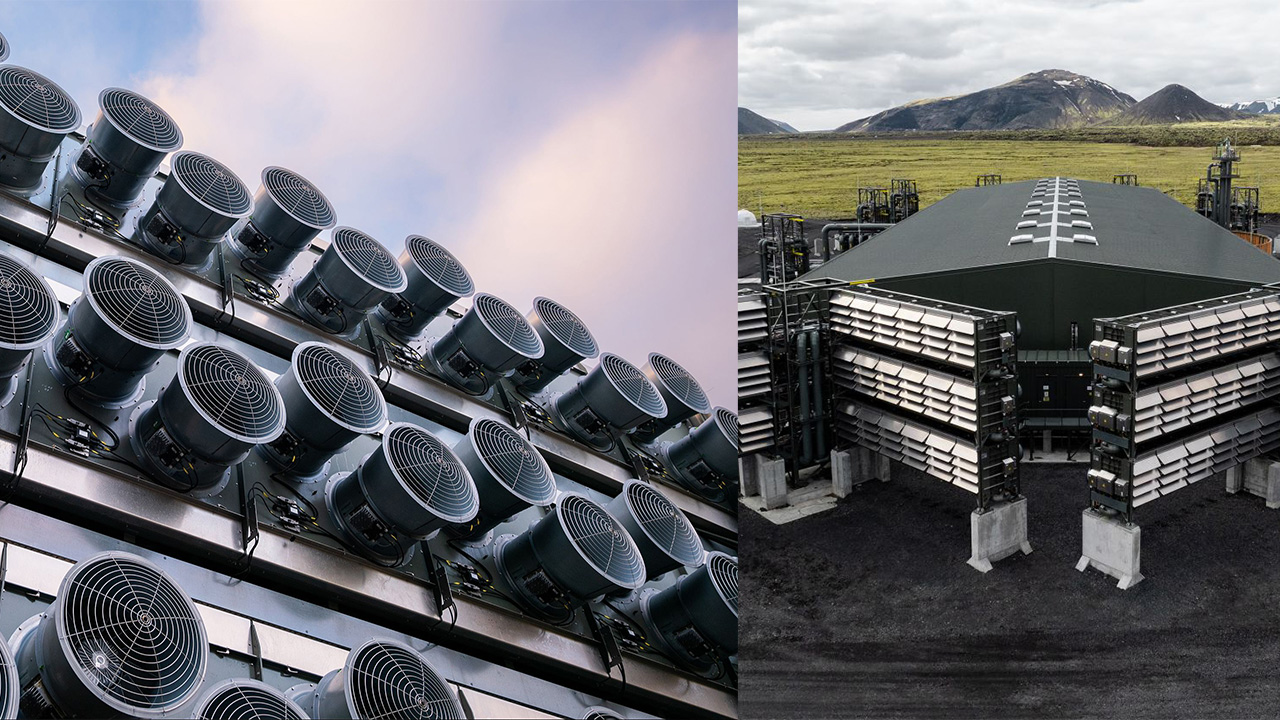This week saw the inauguration of what claims to be the world’s largest carbon capture facility, embarking on the literal extraction of carbon from the atmosphere.
Initiated by Swiss company Climeworks, the plant named “Mammoth” commenced operations in Iceland commencing its task of withdrawing carbon from the air and depositing it deep underground for permanent sequestration.
A distinctive feature of this endeavor is its reliance on Iceland’s geothermal energy, ensuring that the operation mitigates carbon dioxide levels without exacerbating the issue.
Nevertheless, the efficacy of direct air capture (DAC) plants in mitigating an impending climate crisis remains a contentious topic, with experts debating whether they serve as a genuine solution or merely a diversion from addressing the root causes of climate change.
The Mammoth plant employs colossal fans to draw in ambient air, purifying it of carbon and channeling it deep underground, where it undergoes mineralization.

True to its name, Mammoth stands as a colossal structure, dwarfing its three-year-old forerunner, Orca, by a factor of ten.
At its peak capacity, the facility purportedly removes 36,000 tons of carbon from the atmosphere annually, equivalent to eliminating 7,800 combustion-engine cars’ worth of emissions each year.
However, the process comes with a hefty price tag. Although Climeworks did not disclose precise figures, reports suggest that each ton of carbon removal costs nearly $1,000.
Economically justifiable carbon removal would require reducing this cost to approximately $100 per ton, a milestone that Climeworks co-founder Jan Wurzbacher anticipates achieving by 2050.

In the United States, the concept has garnered attention, with startup Occidental announcing plans for an even larger DAC facility named STRATOS last year, projected to capture 500,000 tons of CO2 annually.
Nonetheless, skepticism persists among experts regarding the efficacy of such facilities in combating climate change. Many argue that they serve as a distraction from more pressing environmental concerns.
Moreover, concerns have arisen regarding the appropriation of DAC technology by the oil industry, potentially exploiting captured carbon to enhance fossil fuel extraction—a move viewed by many as counterproductive.
Erin Burns, executive director of the nonprofit Carbon180, expressed apprehension, noting that some oil companies view carbon capture as a means to offset continued oil production, contrary to its intended purpose of addressing historical emissions.







Leave a Reply